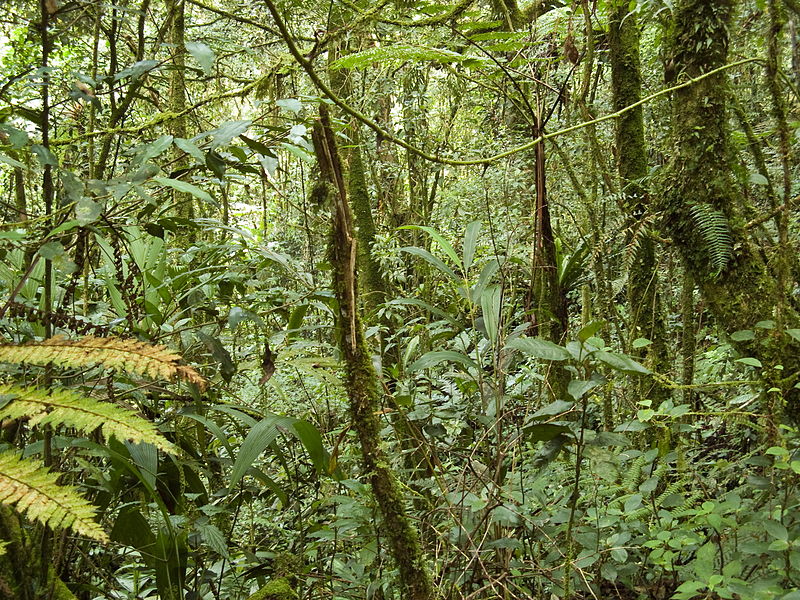Reproduction
Information about the reproductive habits of the Galeopterus variegatus is scarce. The species was once found all over Malaysia, but it is now limited to specific areas of Southeast Asia (link to habitat.) Galeopterus variegatus move by climbing and gliding (link to adaptation.) Their ability to glide allows them to avoid predators, increase their locomotor efficiency, and reduce their landing forces. This is a eutharian species. Although males and females both have the ability to glide, there are factors that differentiate their gliding techniques.
Galeopterus variegatus is a nocturnal species. This means they
sleep during the day and forage at night. Studies have found
that males glide more and travel farther distances than the
females
 (Byrnes et al., 2011). During pregnancy, the females
locomotor performance is even more limited due to their
increased body mass (Fokidis and Risch, 2008). Males glide more
in order to defend their territory, search for mates, and
compete for mates. The increased gliding typically results in
increased encounters with females. However, increased gliding
also increases male predation risk. The number of mates a male
Galeopterus variegatus acquires determines its fitness (Byrnes
et al., 2011).
(Byrnes et al., 2011). During pregnancy, the females
locomotor performance is even more limited due to their
increased body mass (Fokidis and Risch, 2008). Males glide more
in order to defend their territory, search for mates, and
compete for mates. The increased gliding typically results in
increased encounters with females. However, increased gliding
also increases male predation risk. The number of mates a male
Galeopterus variegatus acquires determines its fitness (Byrnes
et al., 2011).
Figure 1. Illustration of a colugo gliding from a tree.
On average, female Galeopterus variegatus give
birth to one offspring each reproductive period that is
typically larger than non-gliding offspring (Byrnes et al.,
2011). The females have a short gestation period that only lasts
sixty days, and they are able to reproduce shortly after. The
offspring nurse from their mother until they are weaned at
approximately six months (Fokidis and Risch, 2008). Galeopterus
variegatus have a membrane that stretches across their limbs
that resembles wings. This membrane is called the patagium, and
it can be used to make a pouch similar to that of marsupials
like
koalas.
The patagium pouch aids in the weaning process (Fokidis and
Risch, 2008).
Figure 2. Watercolor painting of a mother colugo carrying her offspring in her patagium pouch.
